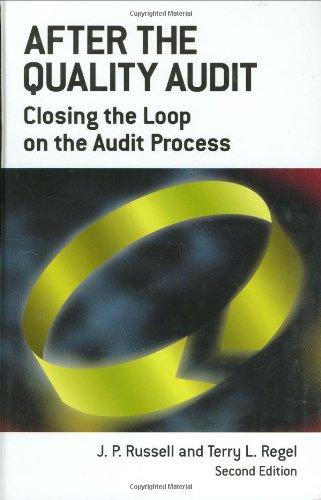Question
Indirect costs are allocated to the cost of a product in a manufacturing environment, or to the cost of a project or service, based on
Indirect costs are allocated to the cost of a product in a manufacturing environment, or to the cost of a project or service, based on a predetermined overhead rate.
Direct labor hours or another volume measurement are often used as a basis to allocate overhead in a traditional system. Activity-based costing systems allocate indirect costs based on activities associated with the cost being allocated.
Refer to the illustration of Activity-Based Costing as an example to guide you in answering the questions below.
Illustration of Activity-Based Costing
Using the information and data below for Products A and B, answer the following questions: Production and Cost Information: Product A requires 4 hours of labor per unit and Product B requires 11 hours. The potential drivers for the indirect costs remain the same as shown on page 2 of the illustration of Activity-based Costing.
| Total marketing costs | $ | 40,500 |
| Total engineering costs | $ | 95,000 |
| Total setup costs | $ | 61,000 |
| Labor cost per hour | $ | 30 |
| Activity | Product A | Product B | Total |
| TV Ads | 4 | 1 | 5 |
| Engineering Cycles | 16 | 4 | 20 |
| Batched Runs | 6 | 4 | 10 |
Total budgeted indirect costs = $
Marketing costs are allocated based on the number of
. Product requires more marketing than Product
.
Engineering costs are allocated based on the number of
. More engineering costs are allocated to Product than Product
.
Setup costs are allocated based on the number of
. Product requires more set up costs than Product
.
Before going any further, it makes sense that if indirect costs are allocated using activity-based costing, more indirect costs are allocated to Product
than to Product
.
Allocation of Indirect Costs:
Once overhead costs are estimated and related activities are determined, the next step is to calculate the rates to be used to allocate costs.
The formula for calculating the overhead rate is:
| Overhead rate = ? | |
Using marketing costs as an example:
| $ ? | ||
| The marketing cost per TV ad is = | ________ | , or $ per TV ad |
| # TV ads |
This rate is applied to the number of activities (in this case, TV ads) associated with each product. Product A requires 4 TV ads at the planned level of production and Product B requires 1 TV ad when the planned number of units are produced.
Fill in the table showing how the indirect costs are allocated to Product A and product B at the planned level of production.
| Costs allocated to: | |||||||||||||
| # | Rate per | Product A | Product B | ||||||||||
| Indirect Costs: | Total Activity: | Activities | Activity | # | Amount | # | Amount | ||||||
| Marketing costs | $ | 40,500 | TV ads | ? | $ ? | 4 | $ | 32,400 | 1 | $ | 8,100 | ||
| Engineering costs | 95,000 ? | ||||||||||||
| 20 | $ | 4,750 | 4 | 19,000 | |||||||||
| Setup costs | Batch Runs | 10 | $ | 6,100 | 6 | 36,600 | |||||||
| $ | $ | $ |
Total Product Cost:
Assume the company plans to produce 500 units of Product A and 500 units of Product B. At this level of production, what are the total indirect, direct and product costs for Product A and B. Compute the cost per unit for the total product cost. Round the per unit cost to the nearest dollar.
| Product A | Product B | |
| Total Indirect Costs | $ | $ |
| Total Labor Costs | $ | $ |
| Total Product Cost | $ | $ |
| Product Cost Per Unit | $ | $ |
Step by Step Solution
There are 3 Steps involved in it
Step: 1

Get Instant Access to Expert-Tailored Solutions
See step-by-step solutions with expert insights and AI powered tools for academic success
Step: 2

Step: 3

Ace Your Homework with AI
Get the answers you need in no time with our AI-driven, step-by-step assistance
Get Started


